Rising Awareness and Advocacy Efforts
The growing awareness and advocacy efforts surrounding Stargardt disease are playing a crucial role in shaping the Stargardt's Treatment Market. Non-profit organizations and patient advocacy groups are actively working to educate the public and healthcare professionals about the disease, its symptoms, and available treatment options. This heightened awareness is likely to lead to earlier diagnosis and increased demand for therapies. Additionally, advocacy efforts are pushing for more research funding and policy changes to support patients. As awareness continues to rise, the Stargardt's Treatment Market is expected to expand, driven by a more informed patient population seeking effective treatments.
Rising Prevalence of Stargardt Disease
The increasing incidence of Stargardt disease is a pivotal driver for the Stargardt's Treatment Market. Recent estimates suggest that Stargardt disease affects approximately 1 in 8,000 individuals, leading to a growing patient population in need of effective treatments. As awareness of this condition rises, more individuals are seeking medical attention, thereby expanding the market for innovative therapies. The demand for treatments is further fueled by the aging population, as age-related factors contribute to the manifestation of this genetic disorder. Consequently, pharmaceutical companies are investing in research and development to address this unmet medical need, which is likely to enhance the growth trajectory of the Stargardt's Treatment Market.
Advancements in Therapeutic Technologies
Technological advancements in therapeutic modalities are significantly influencing the Stargardt's Treatment Market. Innovations such as gene therapy, retinal implants, and stem cell therapy are emerging as potential solutions for treating Stargardt disease. For instance, gene therapy approaches aim to correct the underlying genetic defects, potentially halting disease progression. The market is witnessing a surge in clinical trials exploring these novel therapies, with several candidates showing promising results. As these technologies mature, they are expected to attract substantial investment, thereby accelerating the development of effective treatments. This influx of innovation is likely to reshape the landscape of the Stargardt's Treatment Market, offering new hope to patients.
Growing Investment in Ophthalmic Research
The Stargardt's Treatment Market is experiencing a surge in investment directed towards ophthalmic research. Public and private funding initiatives are increasingly focusing on rare eye diseases, including Stargardt disease. For instance, government grants and partnerships with academic institutions are fostering collaborative research efforts aimed at discovering new treatment modalities. This financial support is crucial for advancing clinical trials and bringing novel therapies to market. Furthermore, the establishment of specialized research centers dedicated to retinal diseases is likely to enhance the pace of innovation. As a result, the influx of capital into ophthalmic research is expected to drive the growth of the Stargardt's Treatment Market, ultimately benefiting patients.
Regulatory Support for Innovative Therapies
Regulatory bodies are increasingly providing support for the development of innovative therapies within the Stargardt's Treatment Market. Initiatives such as expedited review processes and orphan drug designations are encouraging pharmaceutical companies to invest in treatments for rare diseases like Stargardt disease. These regulatory incentives not only facilitate faster access to therapies for patients but also reduce the financial burden on developers. As a result, more companies are likely to enter the Stargardt's Treatment Market, fostering competition and innovation. This supportive regulatory environment is expected to enhance the availability of effective treatments, ultimately benefiting patients suffering from this debilitating condition.


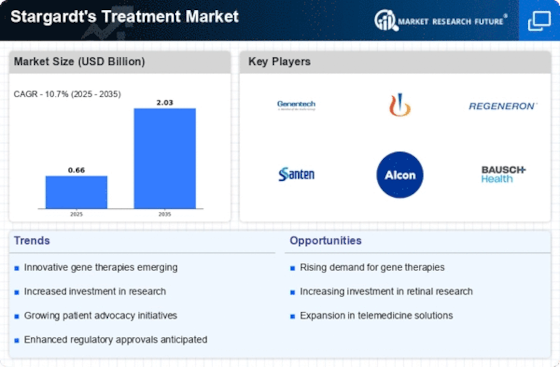
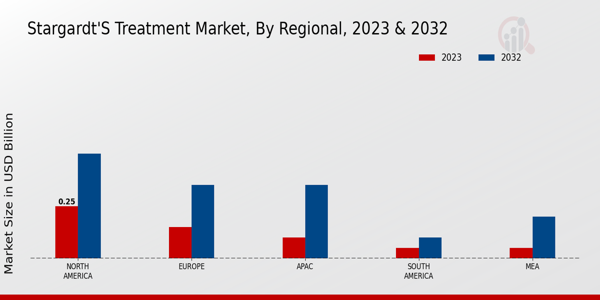
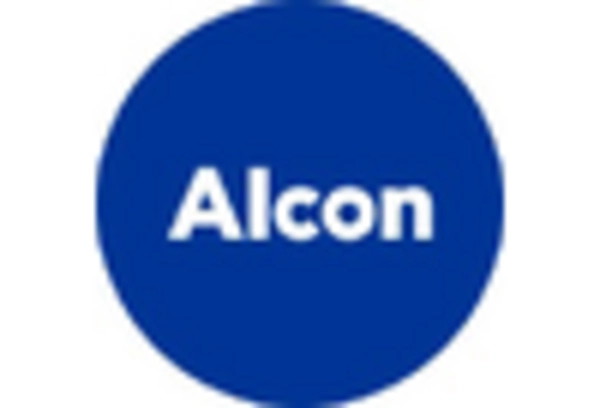

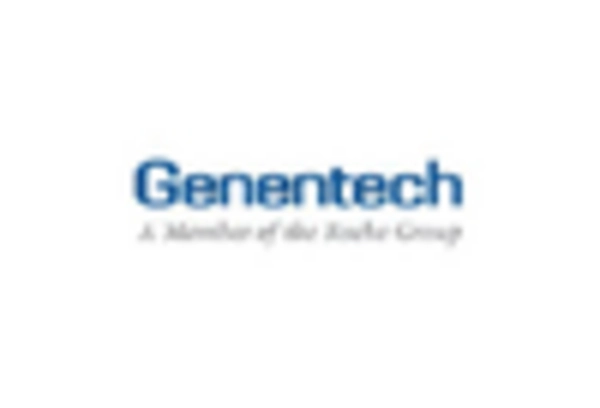


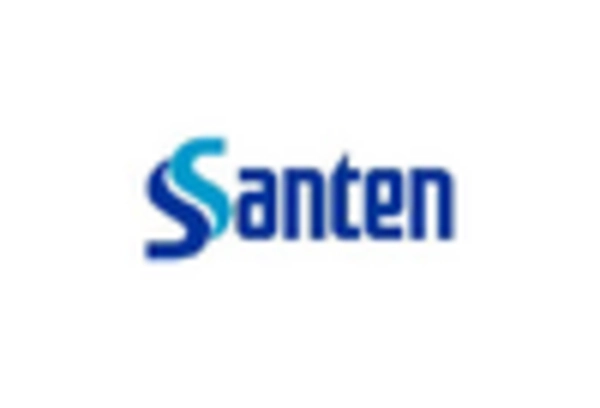








Leave a Comment